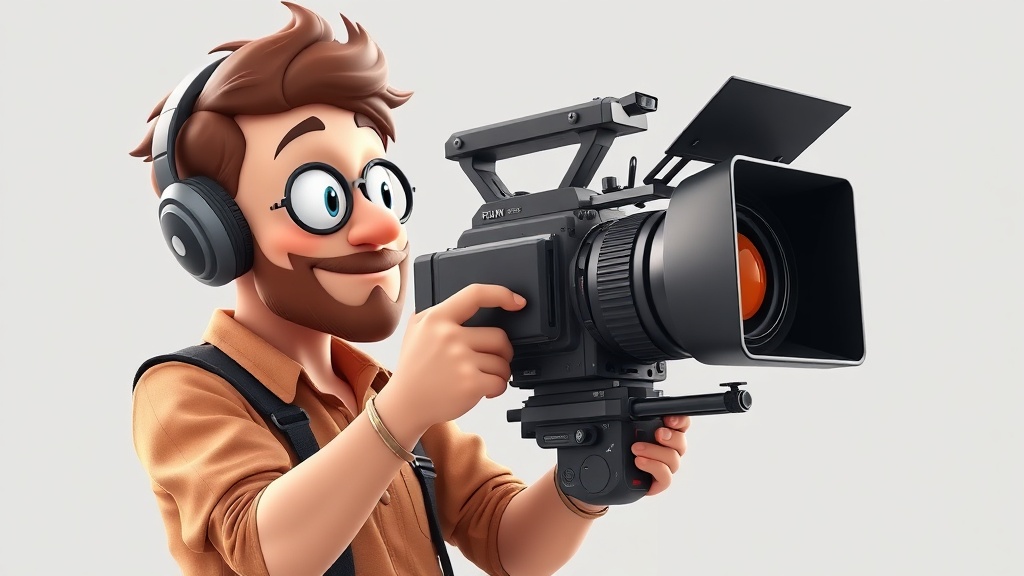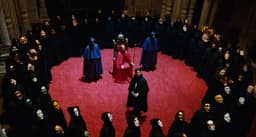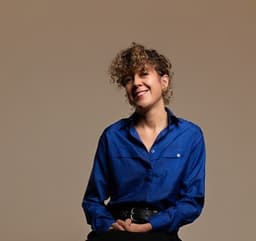Home / Arts and Entertainment / Cinematographers Unveil the Cameras and Lenses Behind This Year's Standout Films
Cinematographers Unveil the Cameras and Lenses Behind This Year's Standout Films
23 Oct
Summary
- Cinematographers discuss their camera and lens choices for diverse projects
- Innovative problem-solving and creative approaches to filmmaking
- The emotional and tactile qualities of film stock vs. digital capture

As the year draws to a close, the IndieWire Craft team has been speaking with cinematographers about the cameras, lenses, and creative approaches they used on their latest films. The insights they've gathered showcase the diverse ways filmmakers can leverage equipment to achieve their desired look and feel.
For some projects, the choice of camera was driven by practical considerations, like the lightweight Canon 5D that allowed director Pete Ohs and his crew to blend in as tourists while filming "Erupcja" on the streets of Warsaw. In other cases, the equipment was a means to a more philosophical end, as seen in Malik Hassan Sayeed's use of film stock for "After The Hunt," which he felt captured a "kind of emotional texture" and "tactile quality" that grounded the story.




